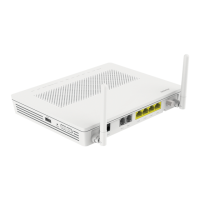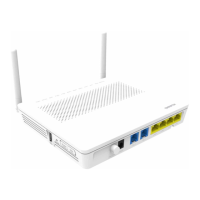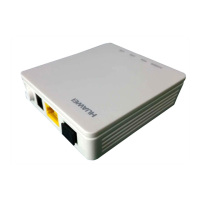Figure 2-11 LEDs on the HG8245
Figure 2-12 LEDs on the HG8247
EchoLife HG8240/HG8245/HG8247 GPON Terminal
Service Manual 2 System Overview
Issue 04 (2011-01-12) Huawei Proprietary and Confidential
Copyright © Huawei Technologies Co., Ltd.
2-11

